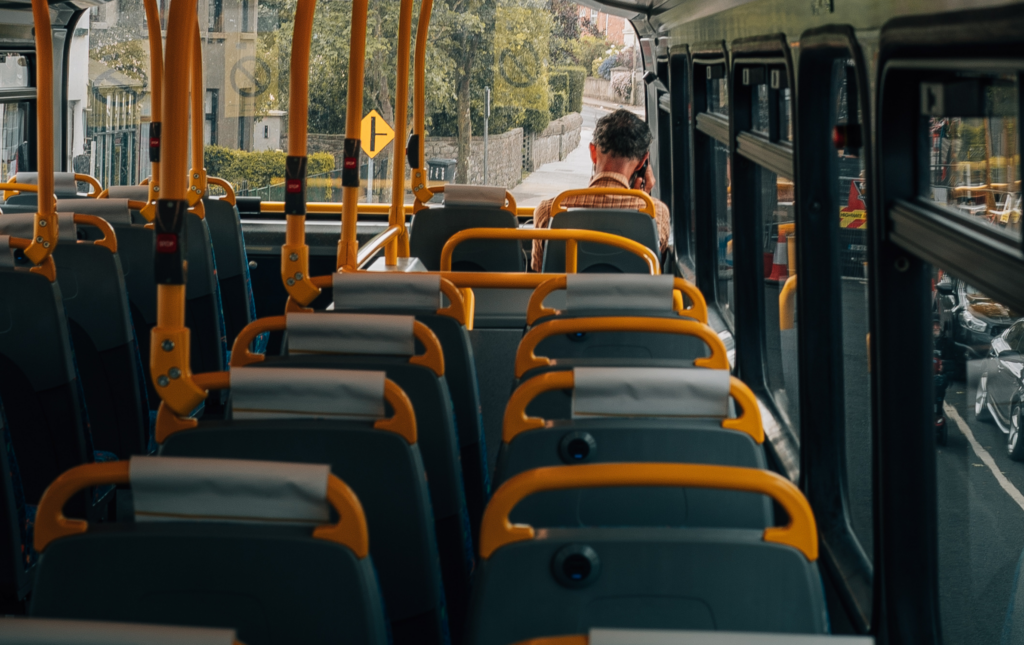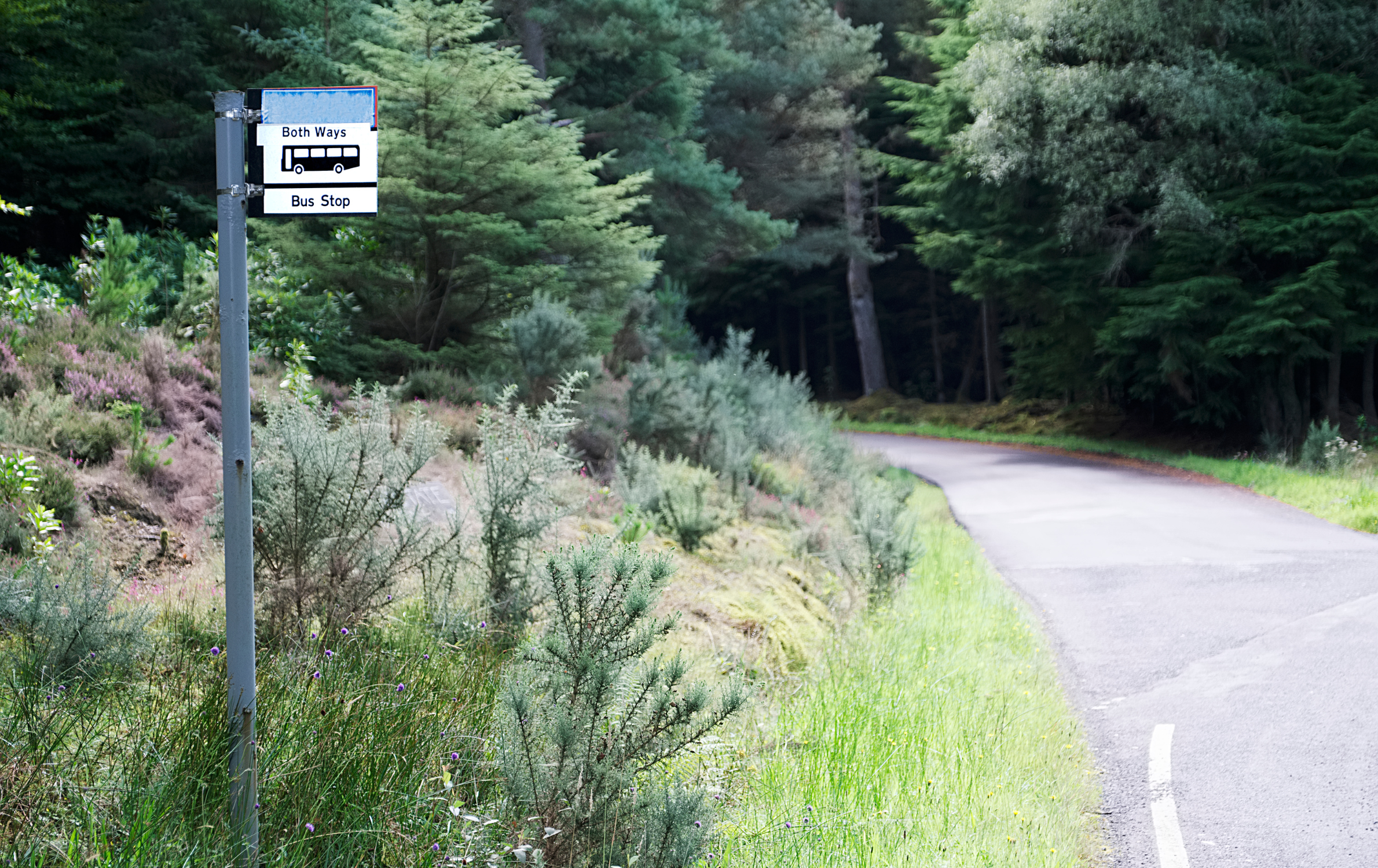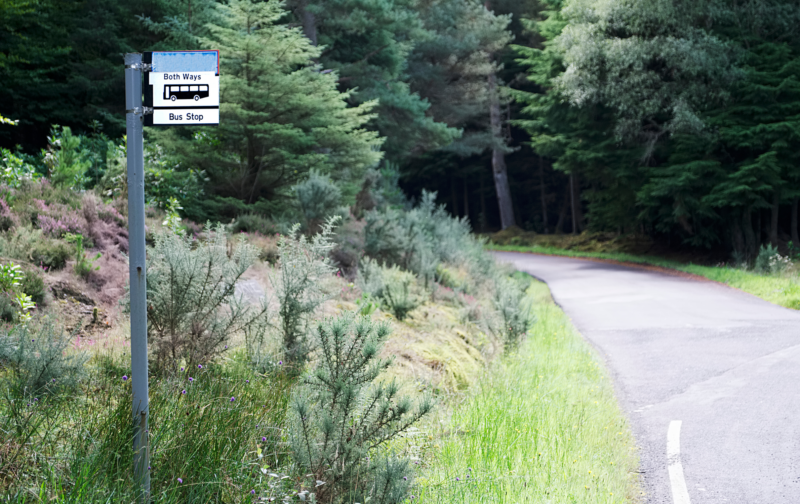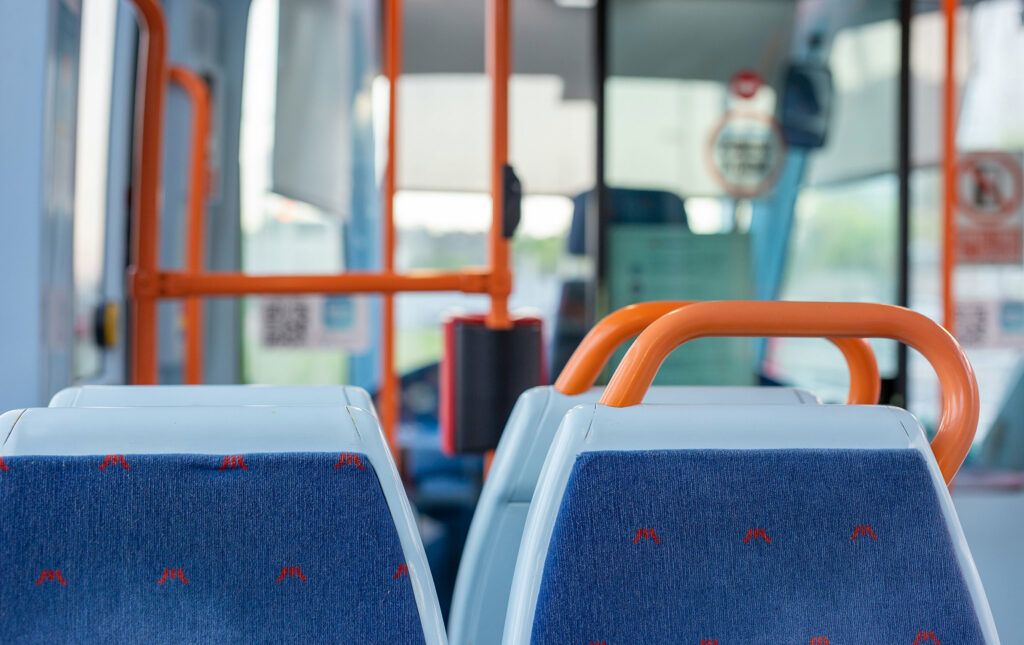The Transport Committee is running an inquiry into the importance of England’s bus services in connecting rural communities, and how to best integrate them into multi-modal transport networks. Marc Winsland, Senior Consultant, provides an insight into the evidence that the SYSTRA bus team provided to the committee, based on their wealth of experience working directly with bus operators and local authorities, as well as in consultancy.
Rural bus services are a lifeline for millions of people across England, providing essential access to employment, education, healthcare, and social connections. However, these services are under threat due to funding cuts, declining patronage, and structural inefficiencies.
Such challenges are not unique to rural bus services; but they are felt differently in the context of a rural setting. Higher costs of operation, lower passenger demand, and imbalanced funding allocations all alter the picture considerably.
The Government has made strides in recognising the value of bus services through initiatives such as the National Bus Strategy, the introduction of franchising powers, and plans to allow municipalisation. However, these efforts have yet to deliver truly positive outcomes for rural communities. Policies and funding mechanisms have often prioritised cities, leaving counties at a disadvantage. The £1 billion funding boost for FY2025/26, while significant, continues to reflect these disparities, emphasising the need for more targeted, long-term solutions.
Innovative models such as Translink in Northern Ireland offer valuable lessons for England. Translink’s integrated model manages urban and rural services under one authority, combining central planning, unified ticketing, and government subsidies to sustain rural routes. This demonstrates how centralised public ownership can maintain service quality and coverage across diverse geographies. Taking this unified approach to managing urban and rural bus services through the creation of Regional Transport Authorities would combine centralised planning and funding, we believe would be effective in maintaining service quality and coverage.

Another key recommendation is to ensure equitable funding distribution. Rural areas face higher per-capita costs for bus services due to lower density and longer distances, which should be reflected in allocation mechanisms. Introducing sustainable revenue streams, such as road pricing, could further support these services while advancing environmental goals.
The role of demand-responsive transport (DRT) as a complementary solution is also important to recognise. DRT can fill gaps in conventional services, offering flexibility and cost-effectiveness for low-demand areas. However, it must be supported by accessible technology and adequate subsidies to ensure long-term viability.
What is clear is that without immediate and sustained action to improve bus services and other multi-modal transport infrastructure, many rural communities risk being further marginalised, with devastating social and economic consequences.
Ultimately, the future of rural bus services depends on a collaborative approach involving central Government, devolved authorities, operators, and communities. The Government must act decisively to provide the resources, powers, and policy framework needed to reverse the decline in rural bus services.
The findings and recommendations outlined in our evidence represent a roadmap for achieving these goals. With bold action and sustained commitment, rural bus services can not only be preserved but transformed into a cornerstone of thriving and connected communities serving the more than 12 million people who live in rural England.
Read our full evidence to the inquiry here.
Find out more about our expertise in all aspects of bus service delivery.


 Australia
Australia  Brazil
Brazil  Canada
Canada  Chile
Chile  China
China  Columbia
Columbia  Denmark
Denmark  Egypt
Egypt  France
France  India
India  Indonesia
Indonesia  Ireland
Ireland  Italy
Italy  Malaysia
Malaysia  New Zealand
New Zealand  Norway
Norway  Panama
Panama  Peru
Peru  Poland
Poland  Portugal
Portugal  Saudi Arabia
Saudi Arabia  Singapore
Singapore  South Korea
South Korea  Spain
Spain  Sweden
Sweden  Taiwan
Taiwan  Thailand
Thailand  Türkiye
Türkiye  United States
United States  Vietnam
Vietnam 

